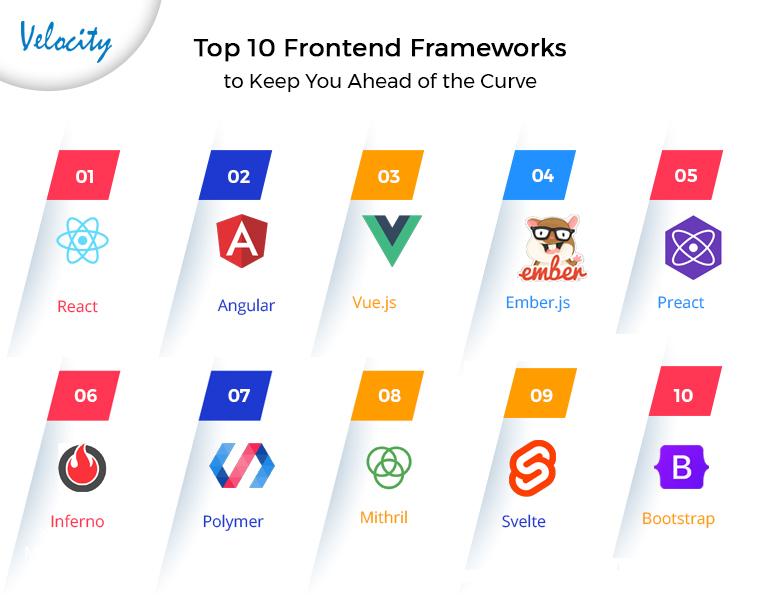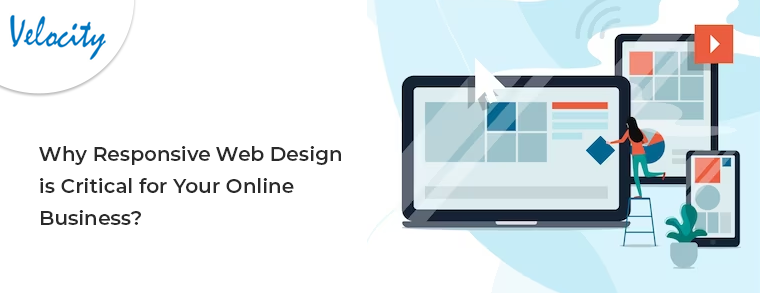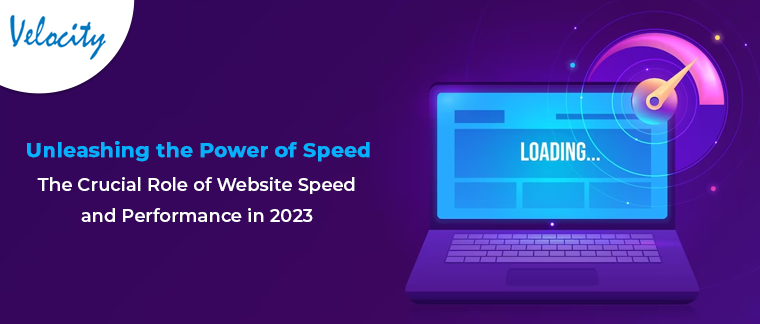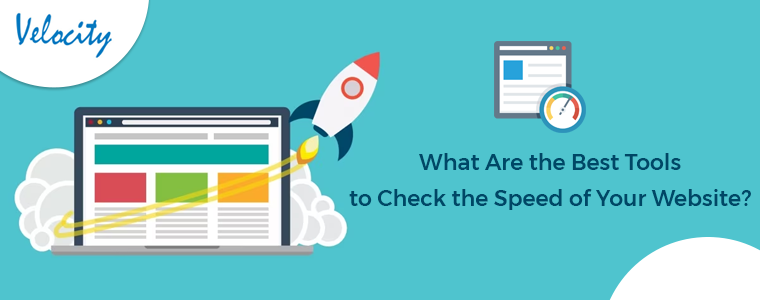The world of front-end web development is constantly changing. New frameworks and libraries are continually being released, and keeping up with the most recent trends can take some effort. This blog post will look at ten front-end frameworks that will be popular in 2022. Many developers are currently using these frameworks, and they are likely to continue to grow in popularity over the next few years. So if you’re looking to stay ahead of the curve, these frameworks are a great place to start!
1. React
The React JavaScript library is used to create user interfaces. It was created by Facebook in 2011 and has been open-source since 2013. React is the most popular front-end framework, and it is used by many large companies, including Facebook, Netflix, and Airbnb. React is an excellent choice for developers who want to create fast and responsive user interfaces.
2. Angular
Angular is a TypeScript-based open-source web application framework. It was created by Google in 2010 and is used by many large companies, including Microsoft, PayPal, and Upwork. Angular is an excellent choice for developers who want to create large and complex applications. It is applied in the development of single-page web applications.
3. Vue.js
Vue.js is the most popular JavaScript framework for developing user interfaces. It is currently used by companies such as Alibaba, Baidu, and Nintendo. Vue.js is an excellent choice for developers who want to create lightweight and fast user interfaces.
4. Ember.js
Ember.js is a JavaScript framework for building user interfaces and web applications. It was developed in 2011 and is used by companies such as Apple, Yahoo, and Heroku. Ember.js is an excellent choice for developers who want to create ambitious web applications.
5. Preact
Preact is a JavaScript library for building user interfaces. It was created by Jason Miller in 2015 and is used by companies such as eBay, Lyft, and Reddit. Preact is an excellent choice for developers who want to create fast and lightweight user interfaces.
6. Inferno
Inferno is a JavaScript library for developing user interfaces. It was created by Dominic Gannaway in 2016 and is used by companies such as Uber, Facebook, and Netflix. Inferno is an excellent choice for developers who want to create fast user interfaces.
7. Polymer
Polymer is a JavaScript library for building user interfaces and web applications. It was created by Google in 2013 and is used by companies such as YouTube, Netflix, and Airbnb. Polymer is an excellent choice for developers who want to create web applications that are fast and responsive.
8. Mithril
Mithril is a JavaScript framework for building user interfaces. It was created by Leo Horie in 2014 and is used by companies such as Nike, Toyota, and Honda. Mithril is a great choice for developers who want to create fast user interfaces.
9. Svelte
Svelte is a JavaScript framework for building user interfaces. It was created by Rich Harris in 2016 and is used by companies such as Shopify, Netflix, and The New York Times. Svelte is an excellent choice for developers who want to create fast and lightweight user interfaces.
10. Bootstrap
Bootstrap is a CSS framework for building responsive websites. It was created by Twitter in 2011 and is used by companies such as Microsoft, LinkedIn, and Amazon. Bootstrap is an excellent choice for developers who want to create websites that look great on all devices.
In a Nutshell
Many front-end frameworks will be popular in 2022. Some of the most popular include React, Angular, Vue.js, Ember.js, Preact, and Inferno. Each framework has its benefits and drawbacks, so choosing the one that’s right for your project is essential.
If you’re looking to stay ahead of the curve, consider one of these frameworks for your next project. Whichever framework you choose, make sure you’re familiar with the basics of HTML, CSS, and JavaScript before diving in. With some practice, you’ll create great user interfaces in no time!









